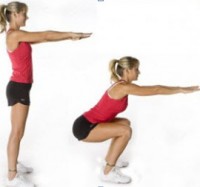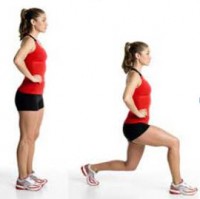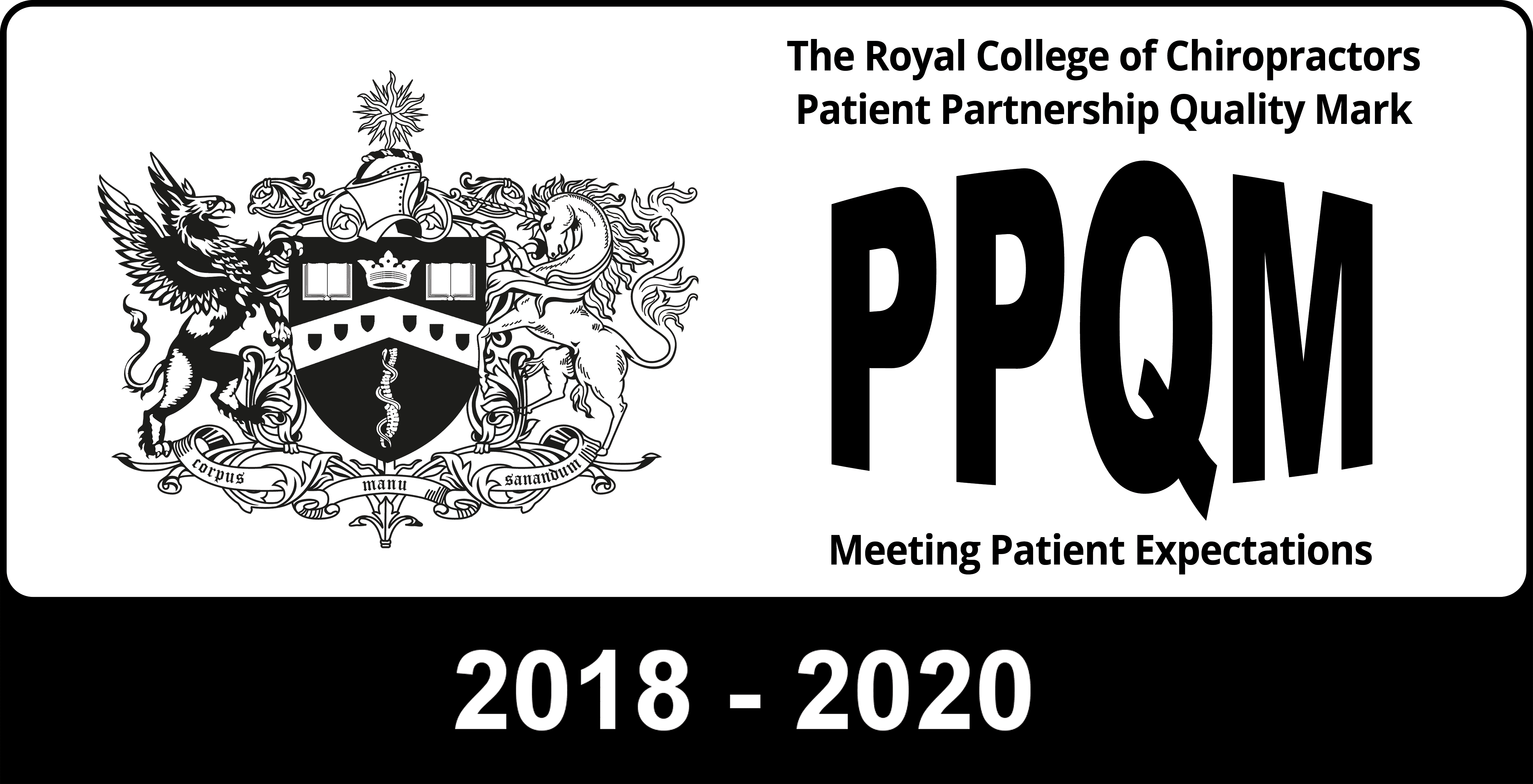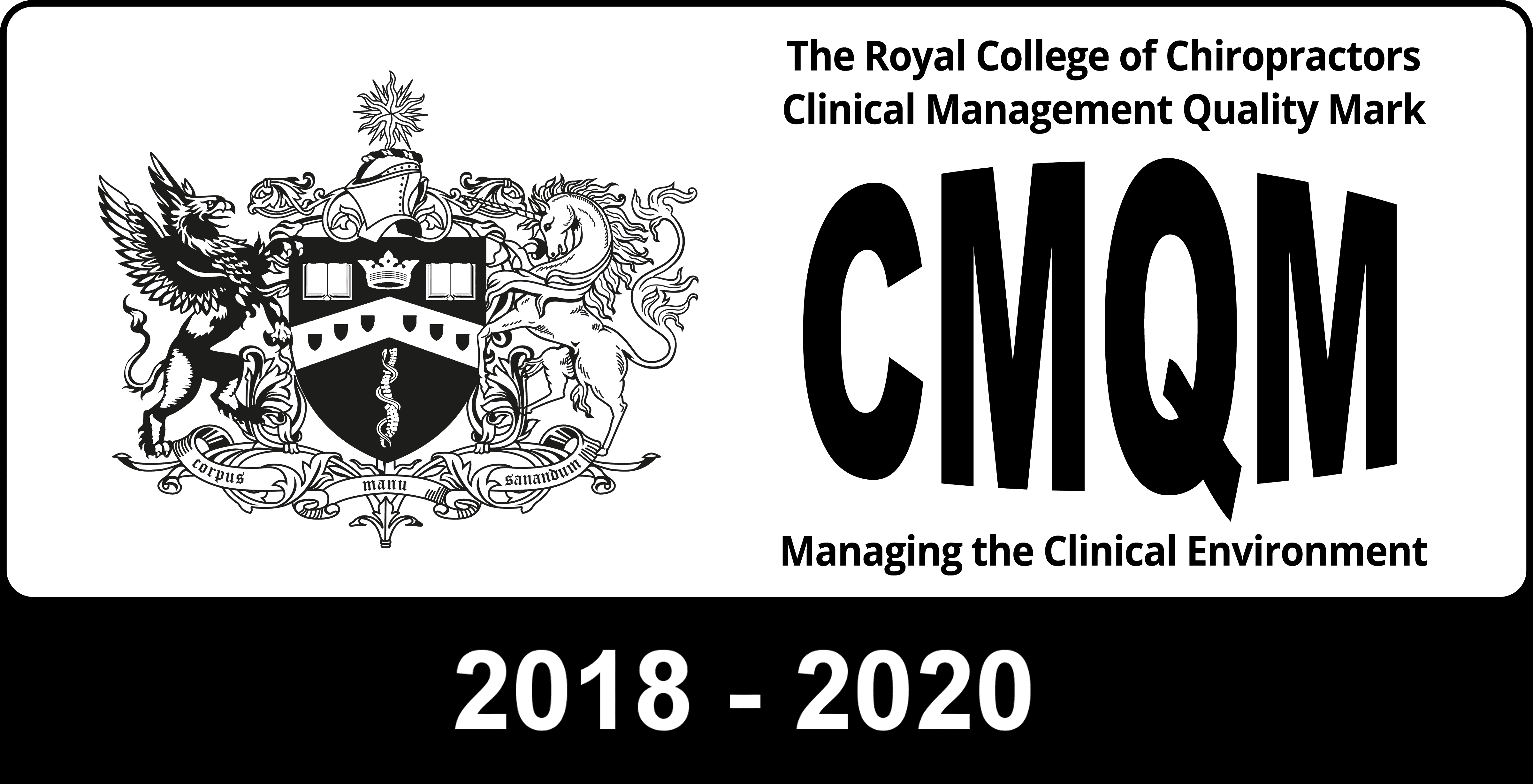
Catherine Quinn Chiropractor Waldegrave Clinic
By Chiropractor Catherine Quinn
Often, patients arrive to see me in pain, feeling perplexed that the pain occurred through doing an everyday household activity – when they are generally a fit and active person.
Something as simple as loading the dishwasher or lifting a chair can suddenly trigger a weakness you never knew you had. I refer to this as the straw that broke the camel’s back.
Let’s take a look at some of the common hazards in the home and the measures you can take to help prevent them.
Pain hazrd 1 – loading the washer

If that squat looks like how the man is positioned in the photo then there is an increased likelihood that you will one day perform that exact same movement, which ‘has never been a problem’ and find that your knees or low back start to play up.
It is important to understand that the final repetition of this movement is just the ‘straw that broke the camel’s back’. By repeating this movement over and over again, you are putting undue strain on your body which will eventually lead to a painful episode.
Pain hazard 2 -lifting
Another common activity around the home or in work is lifting. When you’re at the gym or engaged in sport you are paying far more attention to the way you are doing this and taking the time to be careful with your posture.
But when you are at home you are often lifting some heavy weights without realizing!
How many times have you moved the dining room table or picked up a young child? It is likely that during these seemingly simple movements you are paying less attention to your movement pattern. People will often perform these household lifts in awkward positions, twisting or reaching to try and get the task done as quickly as possible. Sound familiar?
3 simple exercises to help you avoid pain – no gym needed!
The squat:
 The first is the previously mentioned squat…. Not with a heavy bar over your head, but just a simple body weight squat. I teach this by having patients imagine that there is an open drawer behind them, in order to close this, your hips must travel backwards and not straight down.
The first is the previously mentioned squat…. Not with a heavy bar over your head, but just a simple body weight squat. I teach this by having patients imagine that there is an open drawer behind them, in order to close this, your hips must travel backwards and not straight down.
By encouraging the hips to travel backwards your knees can stay back behind your toes reducing stress over the knee cap. Try this now…. It is a better position for loading the dishwasher or reaching down to a low shelf.
The lunge
 The second is the lunge. I teach this to patients as a position for lifting objects or for when you need to be at a lower height for extended periods of time.
The second is the lunge. I teach this to patients as a position for lifting objects or for when you need to be at a lower height for extended periods of time.
The important points to remember when starting this exercise is to take a long enough step that your knees do not travel forward over your toes, just as for the squat.
There are many other teaching points for these exercises, so if you are struggling to master them or are experiencing any discomfort when practicing, then please stop and consult your healthcare professional.
The abdominal brace
This exercise is one which can be done on its own as well as integrated into the first two exercises. To learn this exercise, stand next to a table or work surface which is around waist height. Place your hands on the surface then push down with around 50% effort.
You should begin to feel your abdominal muscles tighten.
This is the feeling you need to adopt when performing both the squat and lunge, and is most important when moving or lifting objects. By tightening your abdominal muscles you are providing better support to the spine.
For people already experiencing back pain, the abdominal brace is especially useful as you can use it to stabilise the lower back during almost any movement. i.e. Sit to stand and turning in bed.
Stay active…
These exercises are just a good start. If you want to provide your body with the best chance of staying active and maintaining mobility, then an exercise programme can be specifically designed for you to include other stabilising exercises and stretches for the parts of you which need it!
I tend to observe my patient performing different movements including a Squat, Step up, Lunge and overhead reach to design a programme most suited to their strengths and movement inequalities.
If are suffering any niggling back pain then do make an appointment to come and see me and I will be happy to advise. Call 020 8943 2424 to book an appointment.

